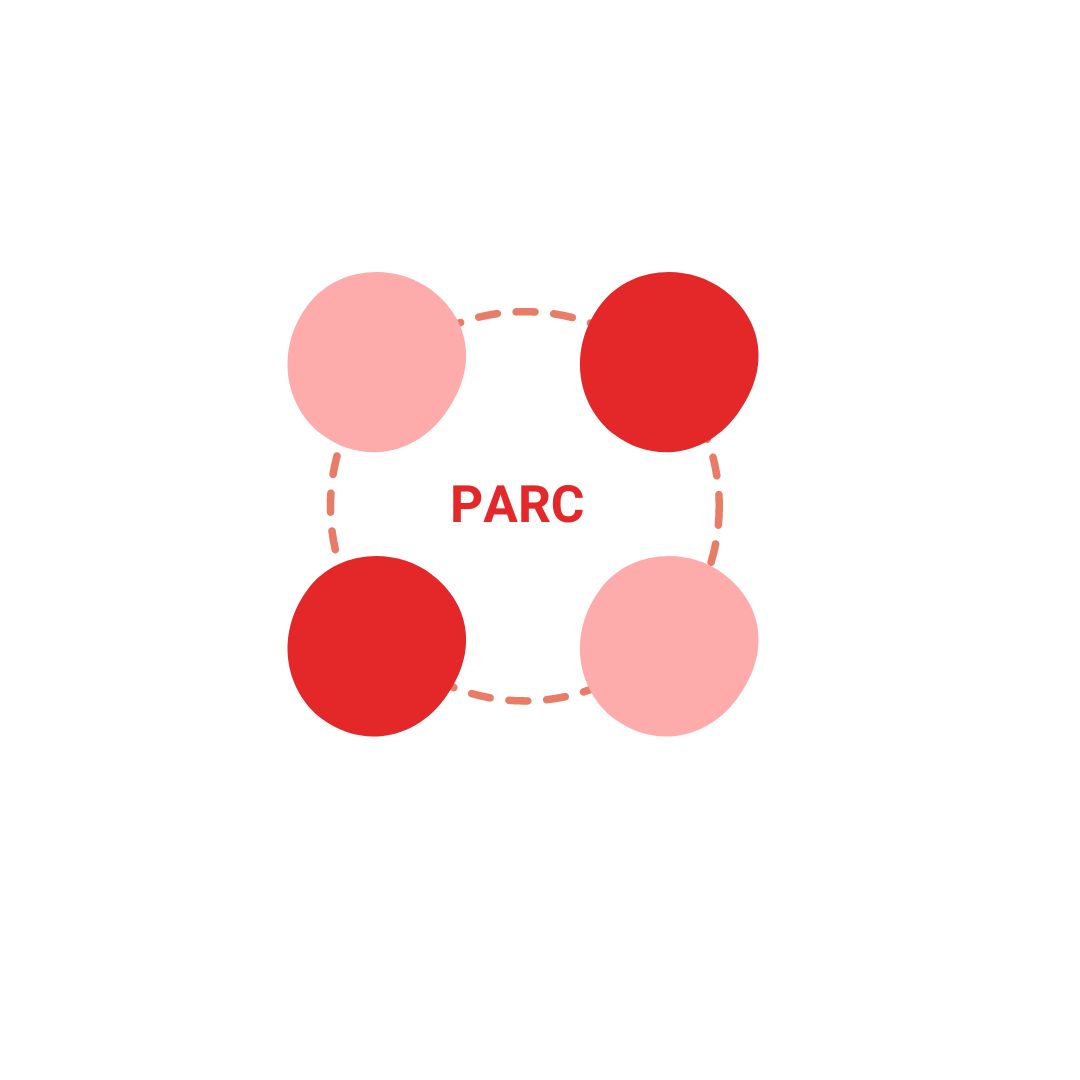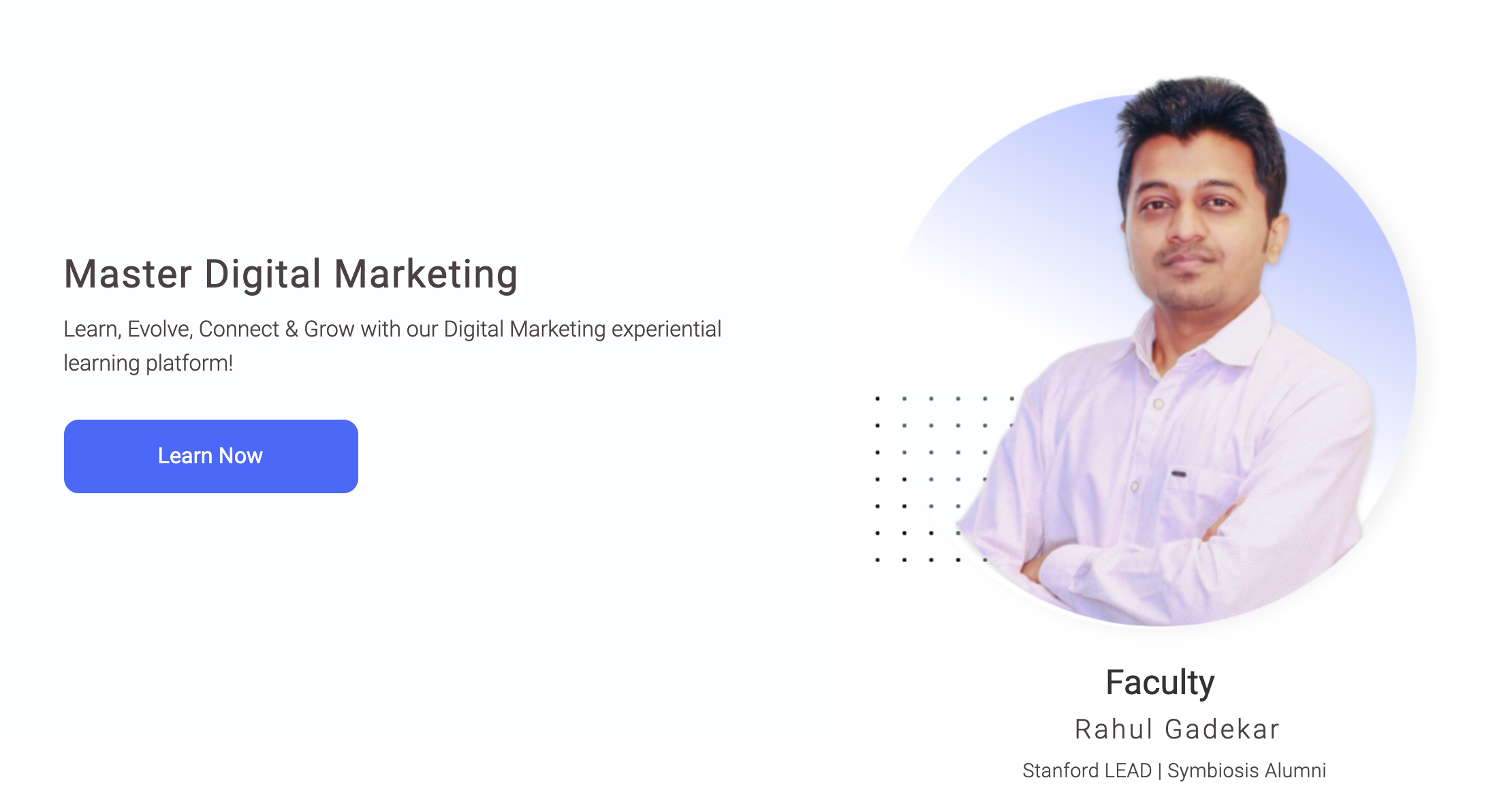In today’s digital age, monetizing online content has become an essential aspect of sustaining a web presence. Google AdSense, a robust advertising platform, has emerged as a go-to choice for countless content creators, bloggers, and website owners. In this comprehensive guide, we will delve into the intricacies of Google AdSense, from understanding what it is to crafting an effective monetization strategy.
What is Google AdSense?
Google AdSense is a contextual advertising program developed by Google that allows website owners, bloggers, and content creators to display targeted ads on their web pages. These ads are generated based on the content of the webpage and the preferences of the visitors, ensuring that they are relevant to the audience. AdSense provides a simple and effective way for publishers to earn revenue by displaying advertisements without the need to actively sell ad space to advertisers.
How does Google AdSense work?
The core principle of Google AdSense is quite straightforward. Here’s a brief overview of how it operates:
Content Creation:
Publishers create and maintain websites, blogs, or other digital platforms that generate quality content relevant to their target audience.
Ad Placement:
Publishers sign up for Google AdSense and place ad code on their web pages. This code allows Google to analyze the content and serve relevant ads.
Ad Auction:
When a visitor accesses the web page, Google’s system conducts a real-time auction among advertisers interested in displaying ads on that particular page. The highest bidding ad is selected for display.
Display and Earnings:
The chosen ad is displayed on the publisher’s website, and the publisher earns a portion of the revenue generated from clicks or impressions on the ad.
How to create a Google AdSense account?
Creating a Google AdSense account is relatively simple. Follow these steps to get started:
1. Visit the Google AdSense website (https://www.google.com/adsense) and click on the “Sign Up Now” button.
2. Log in with your existing Google account or create a new one.
3. Fill out the necessary information, including your website URL, contact information, and payment details.
4. Agree to the terms and conditions, and submit your application.
5. Google will review your application, and once approved, you can start displaying ads on your website.
How does Google AdSense work with YouTube?
Google AdSense can also be integrated with YouTube, making it an excellent monetization option for video content creators. Here’s how it works:
1. Create a YouTube Channel: If you don’t already have one, create a YouTube channel and upload your videos.
2. Monetization Eligibility: To enable AdSense on your YouTube channel, you must meet certain eligibility criteria, such as having at least 1,000 subscribers and 4,000 watch hours in the past 12 months.
3. Link AdSense Account: Once eligible, link your Google AdSense account to your YouTube channel through the YouTube Partner Program.
4. Ad Display: Ads will be displayed before, during, or after your videos, and you will earn a share of the revenue generated from ad views and clicks.
How much does Google Adsense pay?
Earnings from Google AdSense can vary widely depending on several factors, including the niche of your website or content, the location of your audience, the type of ads displayed, and the amount of traffic you receive. Advertisers bid for ad space through an auction system, and you receive a share of the revenue generated from ad clicks or impressions. It’s essential to create high-quality content and drive traffic to your site to maximize your earnings potential.
To make the most of Google AdSense, consider the following strategies:
1. Optimize Ad Placement: Experiment with ad placement to find the positions that yield the highest click-through rates (CTRs) without compromising the user experience.
2. Target High-Value Keywords: Focus on creating content around high-value keywords to attract advertisers willing to bid more for placement on your site.
3. Monitor Performance: Use the AdSense dashboard to track your ad performance, click-through rates, and earnings. Adjust your strategy based on data insights.
4. Diversify Revenue Streams: Don’t rely solely on AdSense. Explore other monetization options, such as affiliate marketing or selling digital products.
5. Ad Format Testing: Experiment with different ad formats, such as text, display, or native ads, to see which ones resonate best with your audience.
6. Mobile Optimization: Ensure that your website is mobile-friendly, as mobile traffic is a significant source of ad revenue.
Conclusion
Google AdSense offers content creators a powerful tool to monetize their websites, blogs, and YouTube channels. By understanding how AdSense works, creating an effective strategy, and continuously optimizing your approach, you can tap into a reliable source of income while delivering value to your audience through relevant ads. As the digital landscape continues to evolve, embracing AdSense can be a game-changer in your online revenue generation efforts. So, why wait? Start your AdSense journey today and unlock the potential of online advertising.







